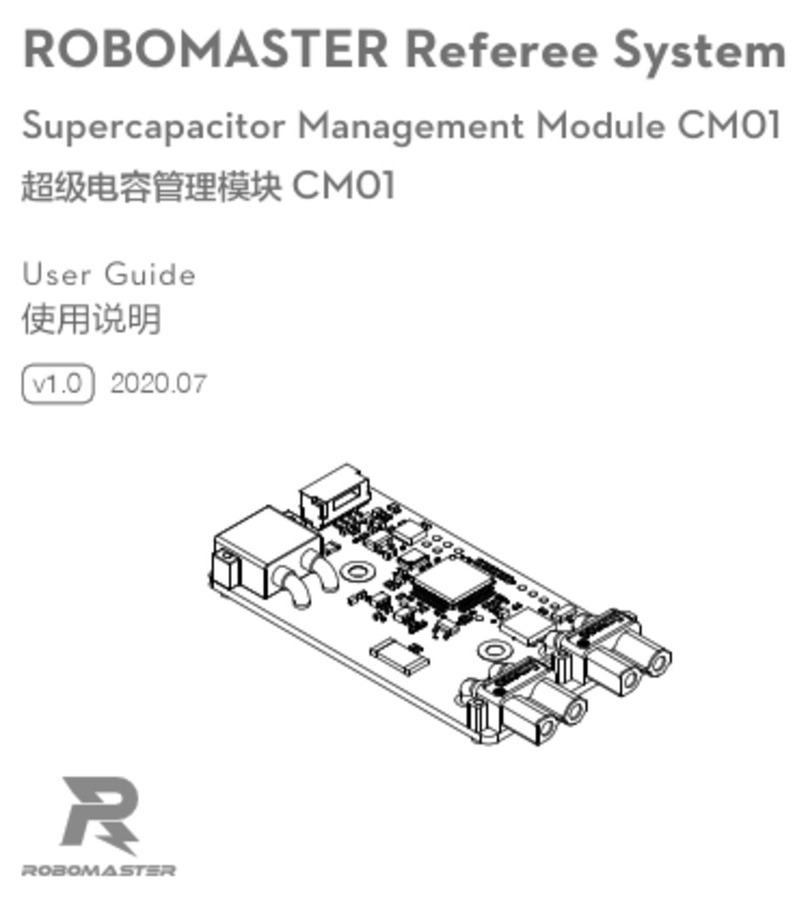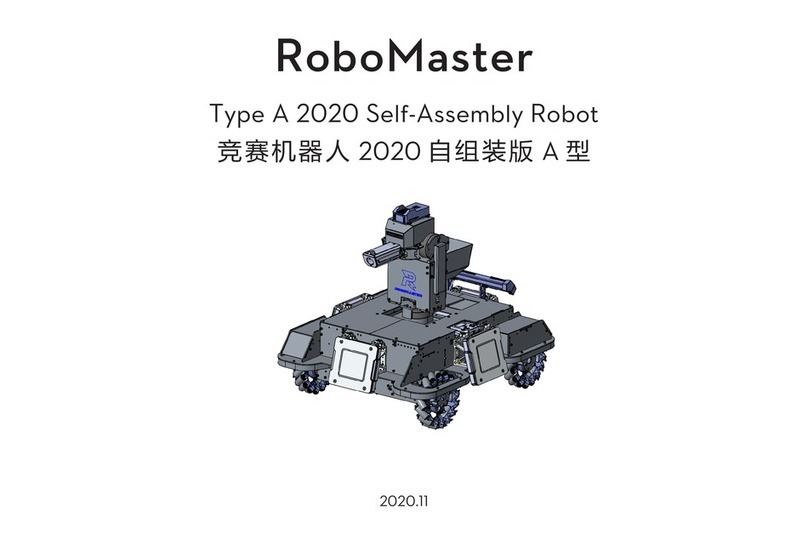
©2023 DJI All rights reserved.5
TABLE OF CONTENTS
Using this Manual ..................................................................................................................................... 2
Change Log .............................................................................................................................................. 2
1. Foreword........................................................................................................................................ 11
2. Technical Specifications ................................................................................................................. 12
2.1 General Technical Specifications ............................................................................................... 12
2.1.1 Energy Source................................................................................................................... 12
2.1.2 Communication Equipment................................................................................................ 13
2.1.3 Optical Equipment............................................................................................................. 15
2.1.4 Visual Feature ................................................................................................................... 15
2.1.5 Armor Stickers .................................................................................................................. 16
2.1.6 Aesthetic Design ............................................................................................................... 16
2.1.7 Launching Mechanism....................................................................................................... 17
2.1.8 Custom Controller ............................................................................................................. 18
2.1.9 Miscellaneous ................................................................................................................... 20
2.2 Rules of Usage for Fully Assembled Robots and Open-Source Robots.......................................... 20
2.2.1 Complete Redesign............................................................................................................ 21
2.2.2 Partial Redesign ................................................................................................................ 22
2.2.3 Minimal Redesign ............................................................................................................. 23
2.3 Robot Technical Specifications.................................................................................................. 23
2.3.1 Hero Robot ....................................................................................................................... 23
2.3.2 Engineer Robot ................................................................................................................. 25
2.3.3 Standard Robot.................................................................................................................. 26
2.3.4 Aerial Robot ..................................................................................................................... 29
2.3.5 Sentry Robot ..................................................................................................................... 33
2.3.6 Dart System ...................................................................................................................... 34
2.3.7 Radar................................................................................................................................ 39
3. Referee System Mounting Specifications ........................................................................................ 42
3.1 Introduction.............................................................................................................................. 42
3.2 Configuration of Robot Referee System ..................................................................................... 43
3.3 Specifications for Mounting Main Controller Module.................................................................. 45
3.3.1 Installation Steps ............................................................................................................... 46
3.3.2 Installation Requirements................................................................................................... 47
3.4 Mounting Power Management Module....................................................................................... 48
3.4.1 Installation Steps ............................................................................................................... 49
3.4.2 Installation Requirements................................................................................................... 51
3.5 Mounting Light Indicator Module .............................................................................................. 54
3.5.1 Installation Steps ............................................................................................................... 55
3.5.2 Installation Requirements................................................................................................... 57

































